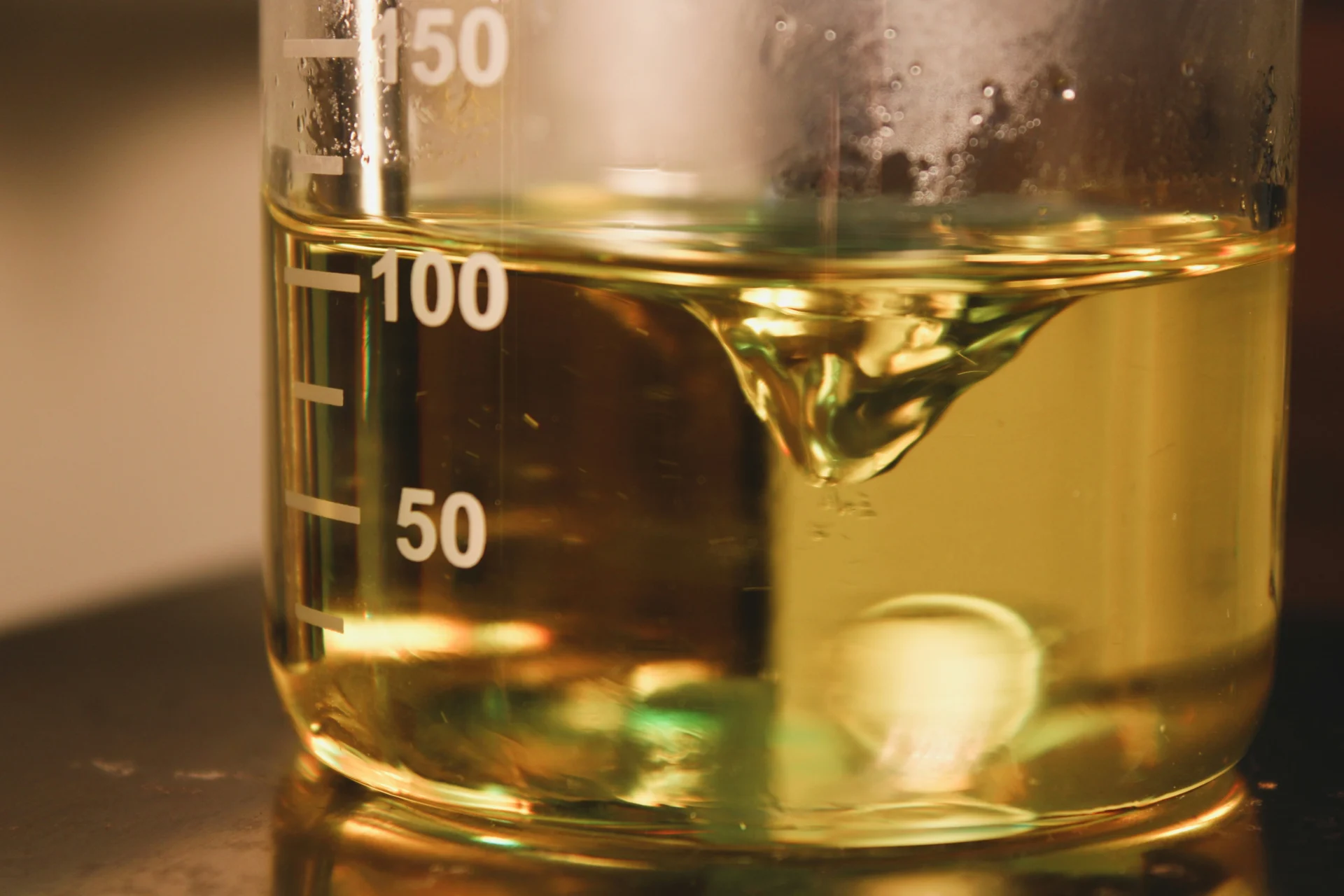2,2,6,6-Tetramethylpiperidine, commonly known as TMP, is a chemical compound that has various important applications in everyday life. It is commonly used as a stabilizer in the production of plastics, rubber, and other industrial materials. TMP is also utilized in the synthesis of pharmaceuticals, agrochemicals, and specialty chemicals. Additionally, TMP is a key ingredient in the production of water treatment chemicals, helping to ensure clean and safe drinking water for communities around the world. Overall, TMP plays a crucial role in numerous industries and contributes to the advancement of modern society.
Table of Contents:
- 💡 Commercial Applications
- ⚗️ Chemical & Physical Properties
- 🏭 Production & Procurement
- ⚠️ Safety Considerations
- 🔬 Potential Research Directions
- 🧪 Related Compounds
💡 Commercial Applications
2,2,6,6-Tetramethylpiperidine is commonly used in the commercial and industrial sectors as a key ingredient in the production of rubber antioxidants. Its antioxidant properties help prevent the degradation of rubber materials, extending their lifespan in various applications such as tires, hoses, and seals.
Furthermore, 2,2,6,6-Tetramethylpiperidine is utilized in the manufacturing of pharmaceuticals and agrochemicals due to its ability to act as a versatile intermediate compound. Its unique chemical structure allows for the synthesis of complex molecules, making it a valuable building block in the creation of these specialized products.
In the realm of drug and medication applications, 2,2,6,6-Tetramethylpiperidine is sometimes employed as a stabilizer or additive in certain formulations. Its properties help improve the shelf-life and effectiveness of medications, ensuring that they maintain their potency over extended periods of time.
⚗️ Chemical & Physical Properties
2,2,6,6-Tetramethylpiperidine is a colorless liquid with a strong amine odor. It is commonly used as a ligand in organic chemistry reactions due to its steric hindrance properties.
With a molar mass of 143.27 g/mol and a density of around 0.770 g/cm³, 2,2,6,6-Tetramethylpiperidine is relatively lightweight compared to common food items like sugar or salt. The density is similar to that of water.
The melting point of 2,2,6,6-Tetramethylpiperidine is around -93°C, while the boiling point is around 116°C. These values are significantly lower compared to common food items like butter or chocolate.
2,2,6,6-Tetramethylpiperidine is sparingly soluble in water, forming a clear solution. It also exhibits low viscosity, making it easy to handle in laboratory settings. In comparison, common food items like flour or oil have different solubility and viscosity properties.
🏭 Production & Procurement
2,2,6,6-Tetramethylpiperidine, also known as TMP or HMTA, is commonly produced through a multistep process involving the reaction of piperidine with acetone in the presence of a catalyst to yield 2,2,6,6-tetramethyl-1-piperidinyloxy, which is subsequently reduced to 2,2,6,6-Tetramethylpiperidine.
The procurement of 2,2,6,6-Tetramethylpiperidine can be achieved through specialty chemical suppliers who typically offer this compound in various purities and quantities suitable for research and industrial applications. Upon procurement, 2,2,6,6-Tetramethylpiperidine can be transported in sealed containers or drums following proper safety protocols to ensure its stability and integrity during transit.
Due to its sensitive nature, 2,2,6,6-Tetramethylpiperidine should be handled by trained professionals in well-equipped facilities that adhere to stringent safety guidelines to prevent any potential hazards associated with its use. Proper storage conditions, such as keeping the compound away from heat sources and incompatible materials, are also essential to maintain the quality of 2,2,6,6-Tetramethylpiperidine until its intended use.
⚠️ Safety Considerations
Safety considerations for 2,2,6,6-Tetramethylpiperidine center around its potential hazards as a chemical compound. This substance is a strong base and may cause skin and eye irritation upon contact. It is also flammable and may release toxic gas upon heating. Proper handling procedures, including the use of personal protective equipment such as gloves and goggles, as well as adequate ventilation, are essential when working with 2,2,6,6-Tetramethylpiperidine to minimize the risk of exposure and accidents.
The hazard statements for 2,2,6,6-Tetramethylpiperidine include the following: “Causes skin and eye irritation,” “May cause respiratory irritation,” and “Highly flammable liquid and vapor.” These statements indicate the potential risks associated with exposure to this chemical compound, highlighting the need for caution and appropriate safety measures when handling or working with 2,2,6,6-Tetramethylpiperidine to prevent adverse health effects. It is important to store this substance in a cool, dry, well-ventilated area and avoid contact with skin, eyes, and mucous membranes to reduce the likelihood of harm.
Precautionary statements for 2,2,6,6-Tetramethylpiperidine include the following: “Avoid breathing vapor or dust,” “Wear protective gloves/protective clothing/eye protection/face protection,” and “Use only outdoors or in a well-ventilated area.” These statements emphasize the importance of implementing safety measures to minimize the risks associated with exposure to 2,2,6,6-Tetramethylpiperidine. By following these precautions, individuals can help prevent accidents, injuries, and adverse health effects resulting from handling or working with this chemical compound.
🔬 Potential Research Directions
One potential research direction for 2,2,6,6-Tetramethylpiperidine is its application as a catalyst in organic synthesis. Its sterically hindered structure and basicity make it an attractive candidate for various reactions, such as oxidation and reduction processes.
Another avenue of research could focus on the use of 2,2,6,6-Tetramethylpiperidine in pharmaceuticals. Its unique structure and properties may offer advantages in drug design, potentially leading to the development of new medication with improved efficacy and reduced side effects.
Furthermore, investigations into the reactivity and stability of 2,2,6,6-Tetramethylpiperidine under different conditions would contribute to a deeper understanding of its potential applications in various industries, such as the chemical and materials sectors. By exploring its behavior in different environments, researchers may uncover new insights that could lead to innovative uses for this compound.
🧪 Related Compounds
One similar compound to 2,2,6,6-Tetramethylpiperidine is 1,1,4,4-Tetramethylpiperazine. This compound shares a similar molecular structure with 2,2,6,6-Tetramethylpiperidine, as both contain a piperazine ring with four methyl groups attached to it. The presence of the methyl groups gives both compounds steric hindrance, making them useful in organic synthesis as ligands or reagents.
Another compound similar to 2,2,6,6-Tetramethylpiperidine is 1,1,3,3-Tetramethylpiperidine. This compound also contains a piperidine ring with four methyl groups attached to it. Like 2,2,6,6-Tetramethylpiperidine, 1,1,3,3-Tetramethylpiperidine is used in organic synthesis as a base or as a ligand in coordination chemistry due to its steric hindrance provided by the methyl groups.
Pyrimethamine is another compound similar to 2,2,6,6-Tetramethylpiperidine in terms of molecular structure. Pyrimethamine contains a pyrimidine ring with two methyl groups attached, similar to the piperidine ring with four methyl groups in 2,2,6,6-Tetramethylpiperidine. Pyrimethamine is used as an antiparasitic medication, while 2,2,6,6-Tetramethylpiperidine is primarily used in chemical synthesis applications.









